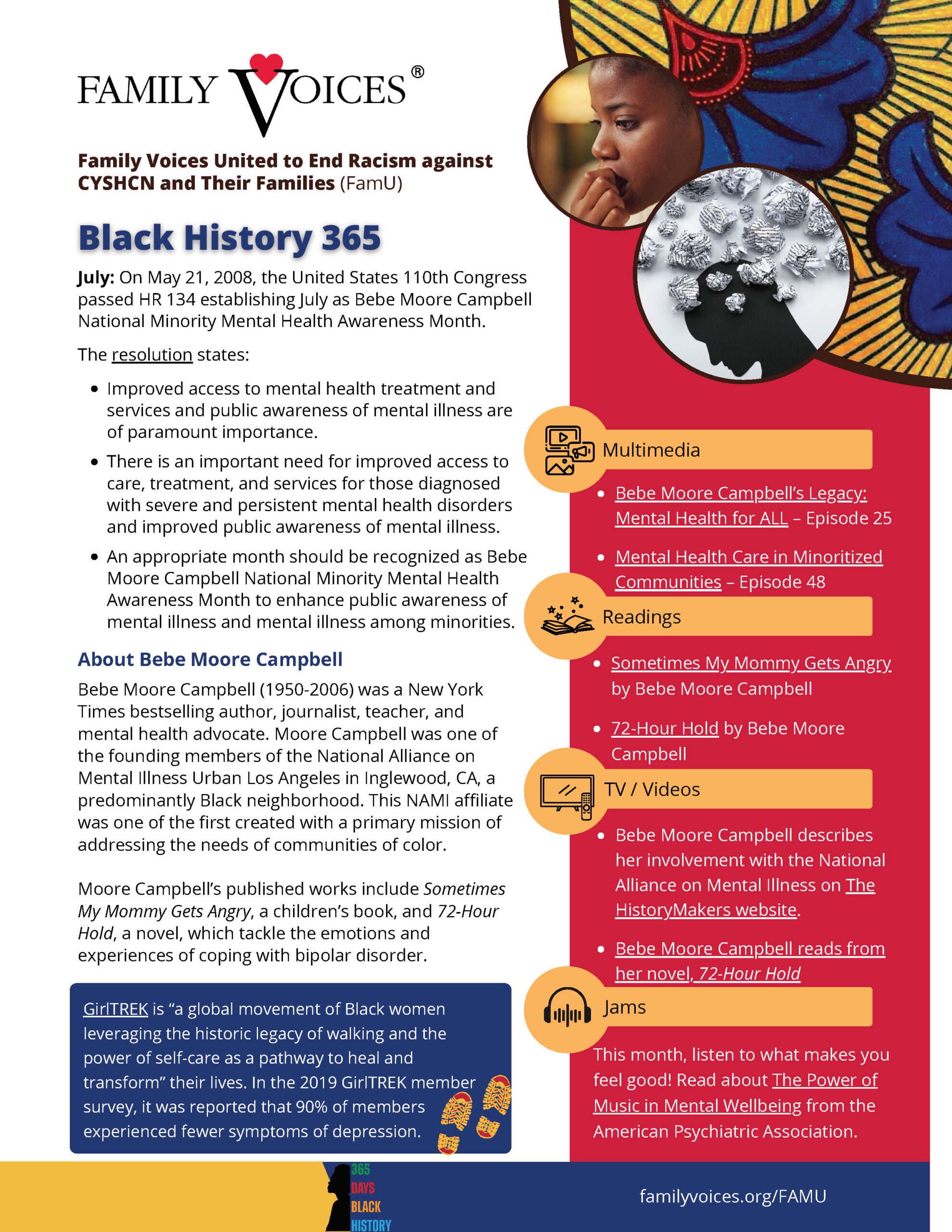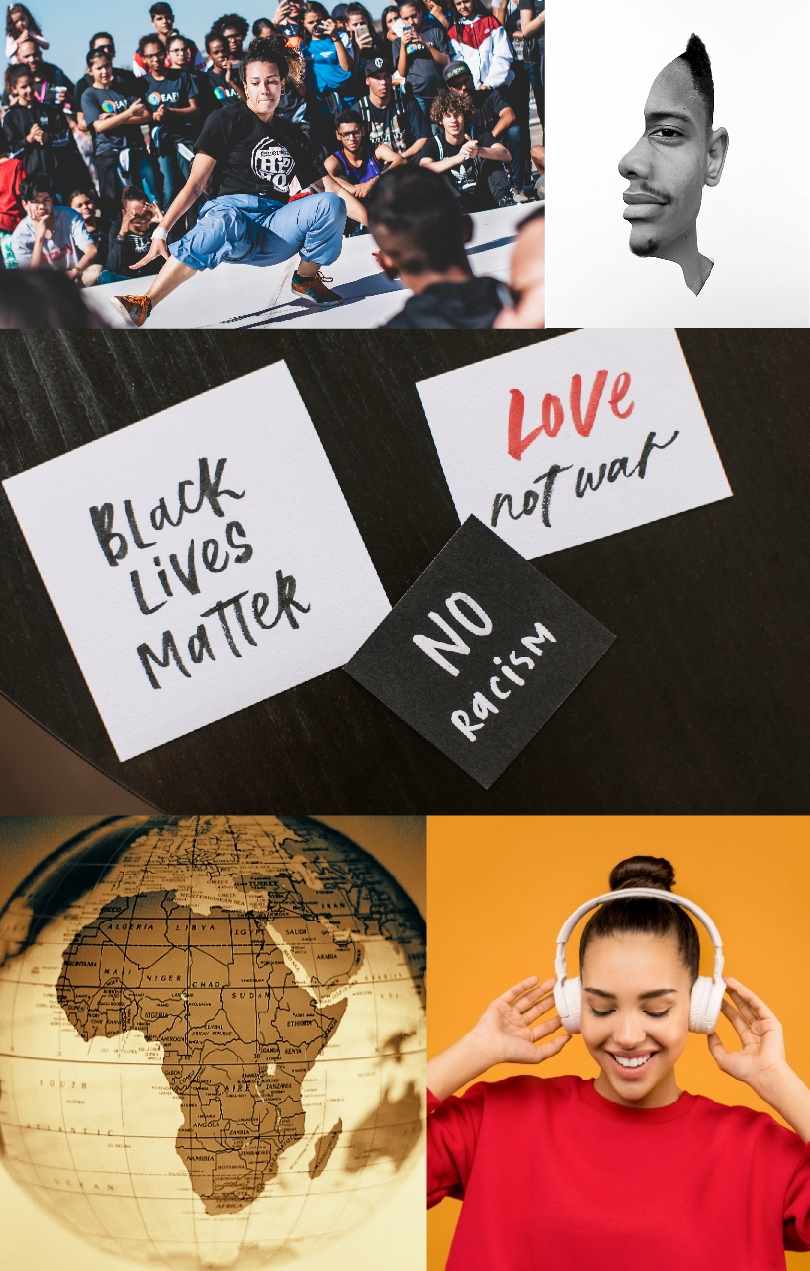
Black History & Culture
Build Competence Foster Connectedness
In order to begin our work in dismantling racism it is important to learn about the people most affected by it, learn who they are as a people and how they have contributed to our history. Black culture has played an important part in the fabric of American life, yet not many understand how and why. Often what society thinks about Black Culture are negative stereotypes and myths. Learning about Black Culture and history is a great way to increase our knowledge, overcome barriers and dismantle racism.
This section will begin with the history of enslaved Black people from their roots in Africa to the shores of Virginia in 1619. We will examine the role African American history and how Black Culture and its tremendous contributions to American history through the arts, sports, social justice and what we know as Pop Culture today.
From History to Mainstream
Select a category
From Africa to Virginia 1619
First Enslaved Africans
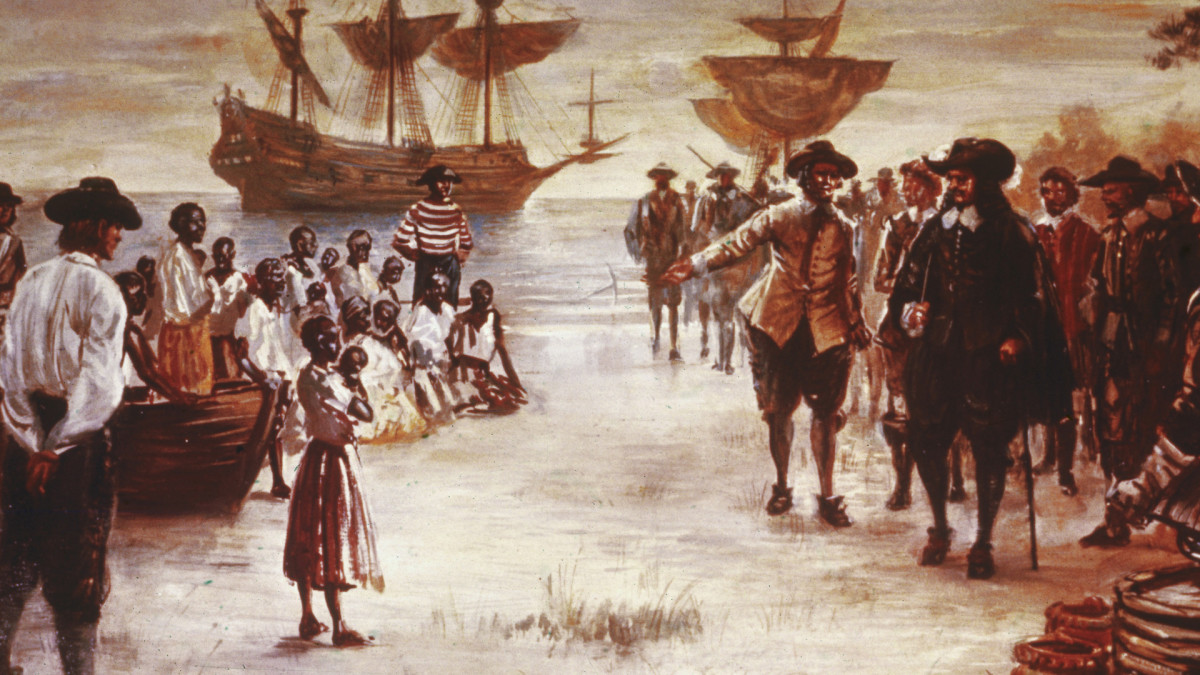
On August 20, 1619, “20 and odd” Angolans, kidnapped by the Portuguese, arrive in the British colony of Virginia and are then bought by English colonists. The arrival of the enslaved Africans in the New World marks a beginning of two and a half centuries of slavery in North America.
The 1619 Project
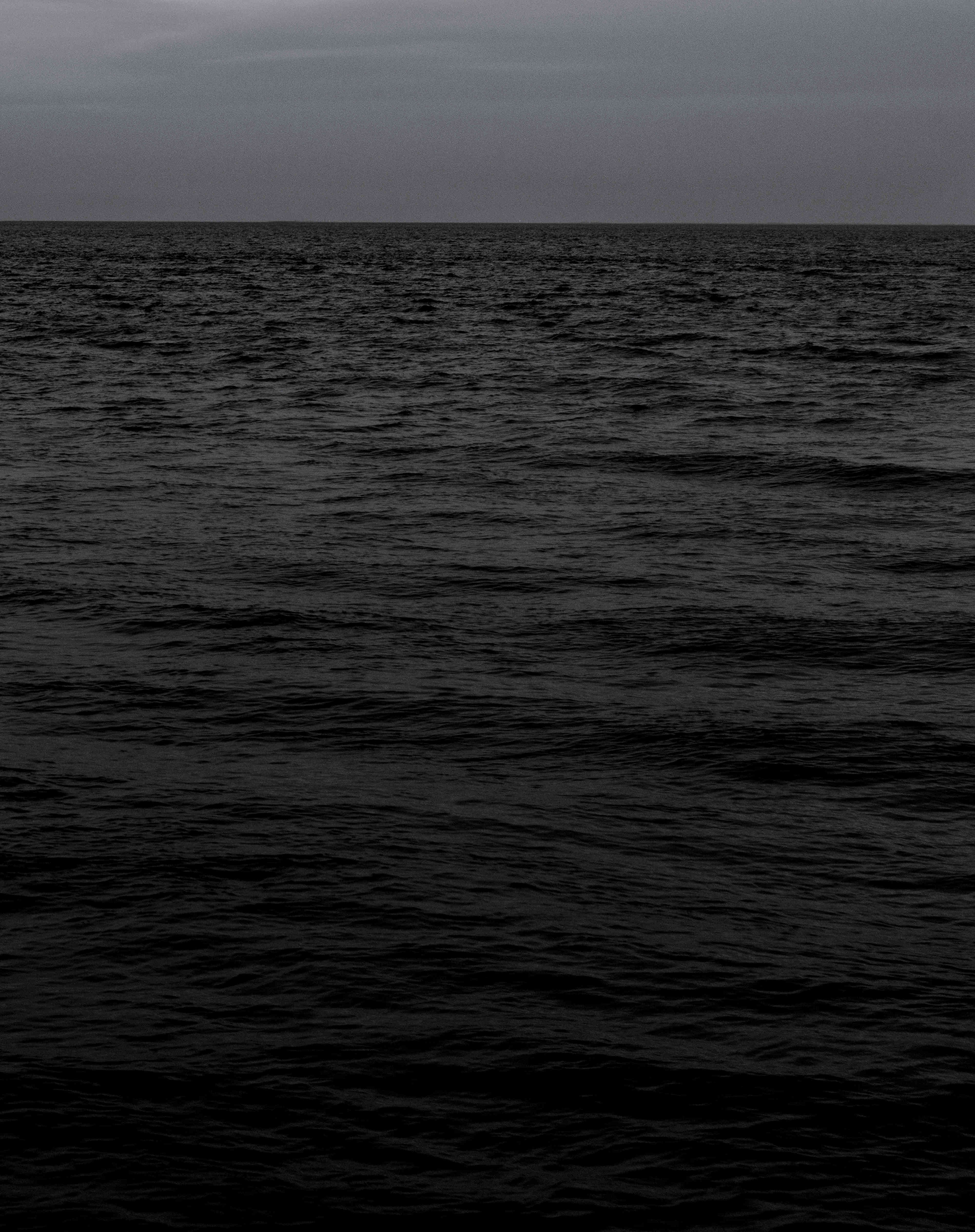


On August of 1619, a ship appeared on this horizon, near Point Comfort, a coastal port in the English colony of Virginia. It carried more than 20 enslaved Africans, who were sold to the colonists. No aspect of the country that would be formed here has been untouched by the years of slavery that followed. On the 400th anniversary of this fateful moment, it is finally time to tell our story truthfully.
The 1619 Podcast



Life Aboard a Slave Ship
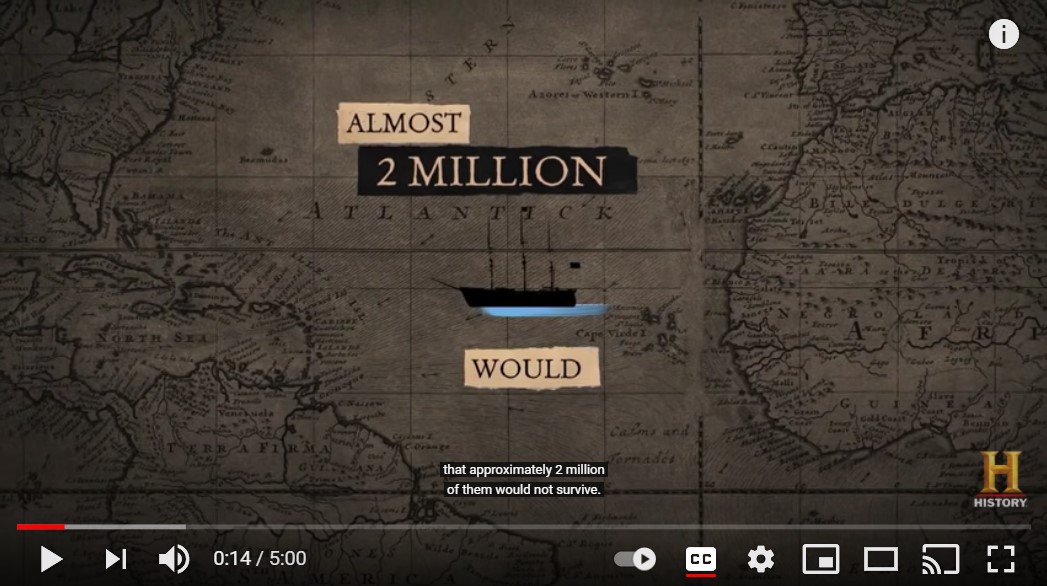


From approximately 1525 to 1866, 12.5 million Africans were forcibly transported across the Middle Passage to serve as slaves in the New World. Life aboard slave ships was agonizing and dangerous; nearly 2 million slaves would perish on their journey across the Atlantic.
The Middle Passage
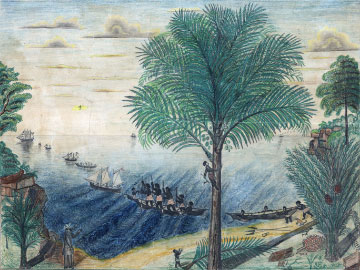


Of the 12.5 million Africans loaded onto 35,000 Atlantic ships by American and European slave traders, few left personal written accounts of their ordeal. Some of their life experiences were described as entries in the voluminous commercial papers of those involved in the slave system and are remembered mainly by the way their lives were recorded by their captors and tormentors…
Slavery In America
Slavery In America – Timeline
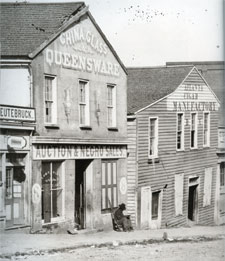


Within several decades of being brought to the American colonies, Africans were stripped of human rights and enslaved as chattel, an enslavement that lasted more than two centuries. Slavers whipped slaves who displeased them. Clergy preached that slavery was the will of God. Scientists “proved” that…
Life of a Slave: Cudjoe Lewis
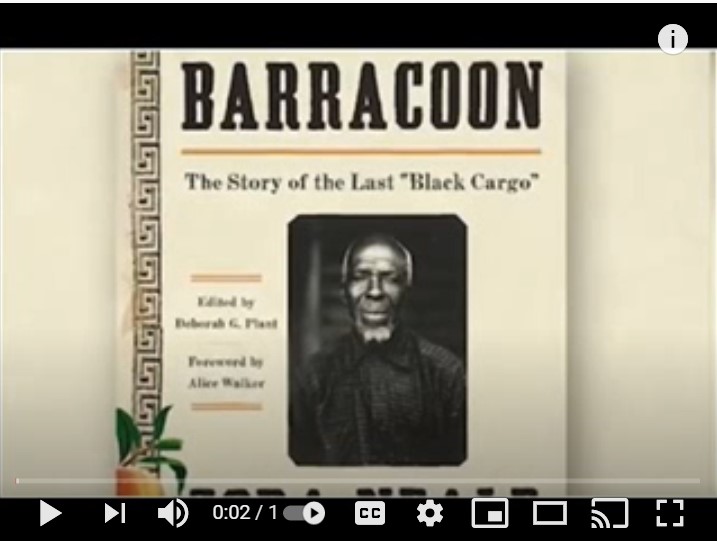


Barracoon: The Story of the Last “Black Cargo” is a non-fiction work by Zora Neale Hurston published in 2018. It is based on interviews that Hurston conducted in 1927 with Cudjoe Lewis, the last presumed living survivor of the Middle Passage at the time. The book failed to find a publisher due in part to it being written in vernacular (language or dialect that is spoken by people that are inhabiting a particular country or region) and also because it describes how other African people were involved in the business of the Atlantic slave trade.
The Emancipation Proclamation
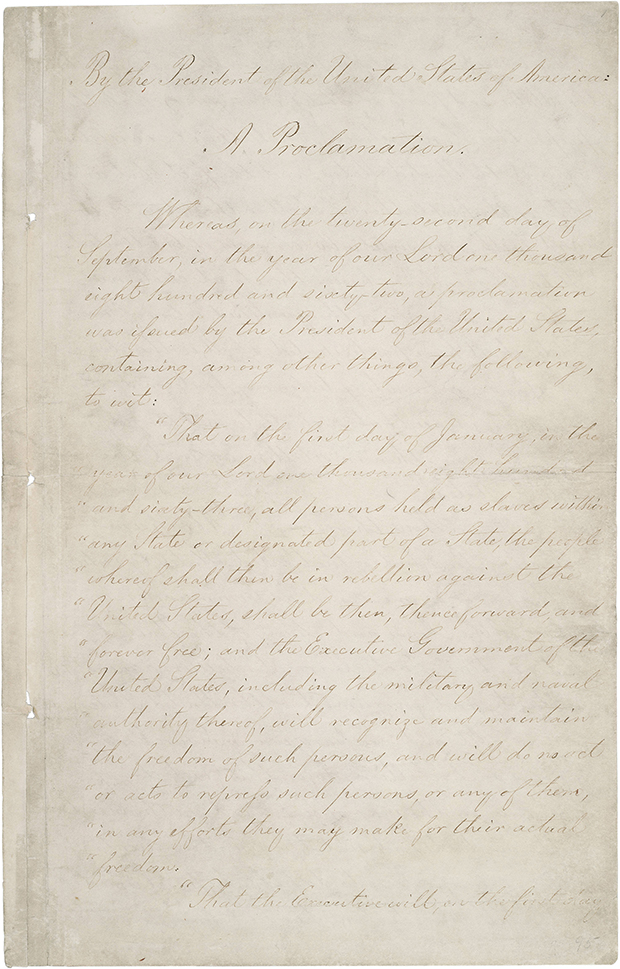


President Abraham Lincoln issued the Emancipation Proclamation on January 1, 1863, as the nation approached its third year of bloody civil war. The proclamation declared “that all persons held as slaves” within the rebellious states “are, and henceforward shall be free.” Despite this expansive wording, the Emancipation Proclamation was limited in many ways…
The Abolitionist Movement



The abolitionist movement was an organized effort to end the practice of slavery in the United States. The first leaders of the campaign, which took place from about 1830 to 1870, mimicked some of the same tactics British abolitionists had used to end slavery in Great Britain in the 1830s. Though it started as a movement with religious underpinnings, abolitionism became a controversial political issue…
The 1863-65 13th Amendment
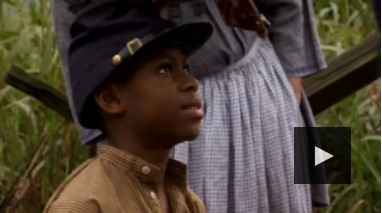


The 13th Amendment to the U.S. Constitution, ratified in 1865 in the aftermath of the Civil War, abolished slavery in the United States. The 13th Amendment states: “Neither slavery nor involuntary servitude, except as a punishment for crime whereof the party shall have been duly convicted, shall exist within the United States, or any place subject to their jurisdiction.”
Civil Rights Era
Reconstruction
Reconstruction (1865-1877), the turbulent era following the Civil War, was the effort to reintegrate Southern states from the Confederacy and 4 million newly-freed people into the United States. Under the administration of President Andrew Johnson in 1865 and 1866, new southern state legislatures passed restrictive “Black Codes” to control the labor and behavior of former enslaved people and other African Americans.
Jim Crow Era
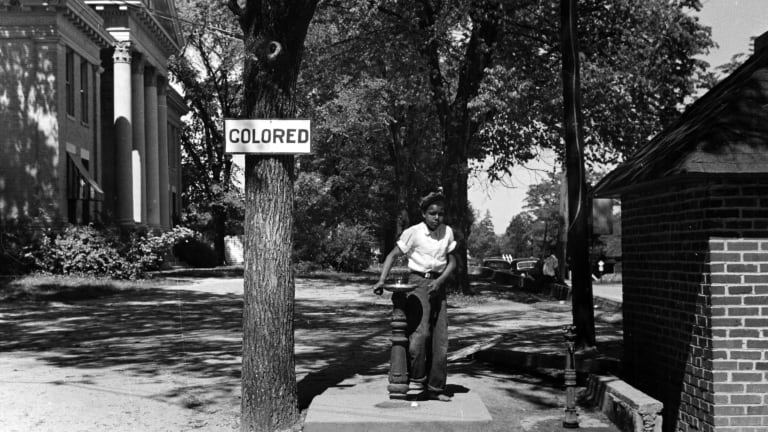


Jim Crow laws were a collection of state and local statutes that legalized racial segregation. Named after a Black minstrel show character, the laws—which existed for about 100 years, from the post-Civil War era until 1968—were meant to marginalize African Americans by denying them the right to vote, hold jobs, get an education or other opportunities. Those who attempted to defy Jim Crow laws often faced arrest, fines, jail sentences, violence and death.
Civil Rights Movement: Timeline & Events
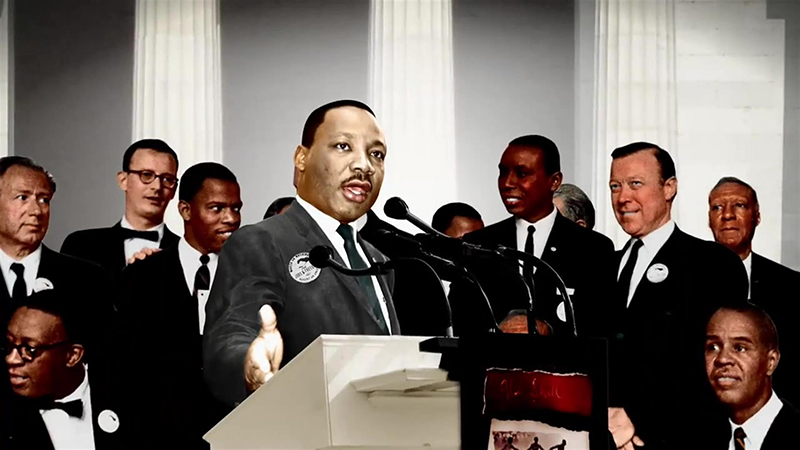


The civil rights movement was a struggle for social justice that took place mainly during the 1950s and 1960s for Black Americans to gain equal rights under the law in the United States. The Civil War had officially abolished slavery, but it didn’t end discrimination against Black people—they continued to endure the devastating effects of racism, especially in the South.
Civil Rights History Project



The Civil Rights History Project (CRHP) provides faces and voices to many of the previously unknown individuals who made valuable contributions to the Civil Rights Movement. These members of The Freedom Movement were committed to eliminating racial segregation and inequality in the United States, sometimes at a great cost to themselves, their families, and their community.
African American Women and the Civil Rights Movement
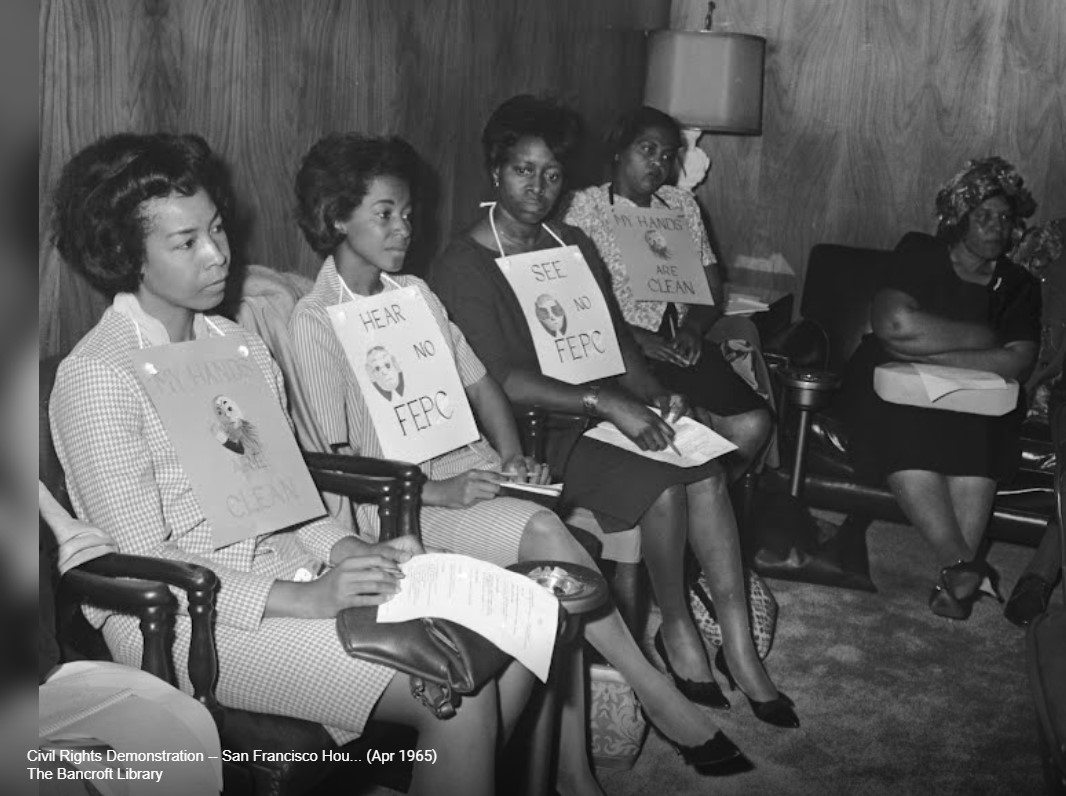


As far back as the 19th century, African American women fought for civil rights. They resisted slavery. They spoke out against racism. They established women’s clubs to improve conditions for African Americans. They worked in politics and journalism, organized black labor, and supported education. In the 20th century, they formed the backbone of the modern Civil Rights Movement. African American women were the critical mass, the grassroots leaders challenging America to embrace justice and equality for all.
The Arts & Justice
America’s Cultural Roots Traced to Enslaved Africans
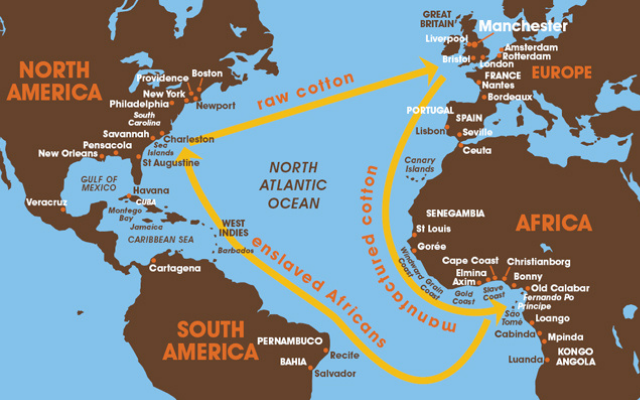


Most traditional West African societies, the sources of the vast majority of enslaved Africans in the Americas, had dynamic, vibrant, expressive cultures. The languages spoken were unusually animated, by most European standards. Peppered with proverbs, they were sources of moral and ethical training as well as simple vehicles of communication.
The Arts and Justice
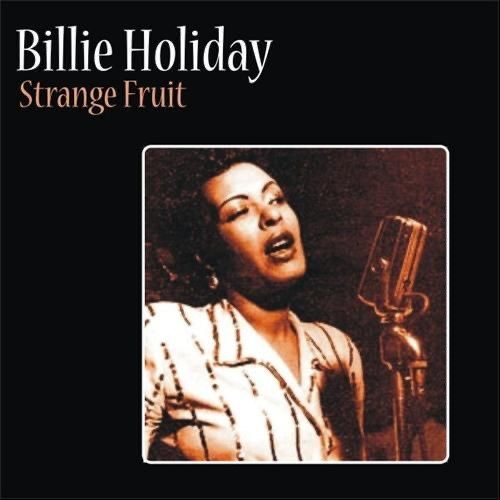


Music, performing and art is in deep seeded in the blood of African Americans, brought over from Africa by their enslaved ancestors. In Africa, music and dance have long been used as a method of communication, in celebrations, in death and to tell time. They say drums talked. Woman and children sang as they performed their daily routines and men as they marched toward battle. Enslaved people continued this tradition as they sang in the cotton fields to survive brutal back breaking manual labor. Their songs spoke of despair and pain and sometimes they were up-beat to lift each other up. Eventually the music would speak about injustice.
Black Culinary History
Why Does Food Matter?
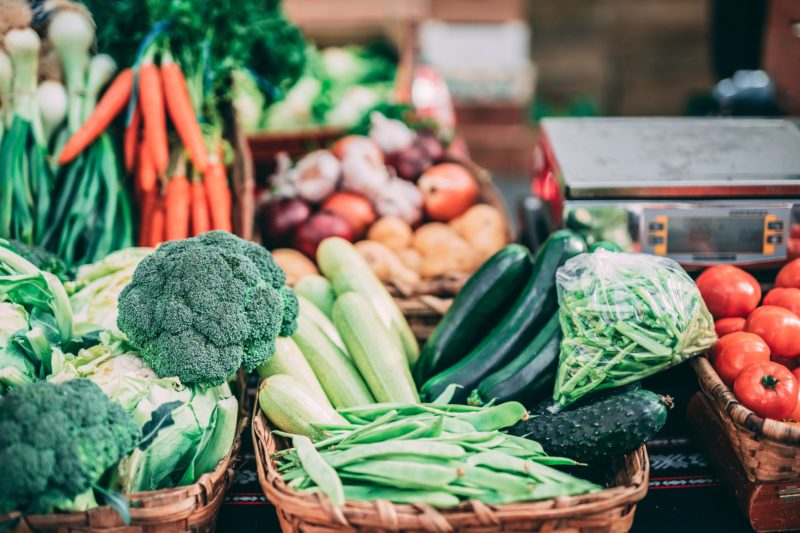


Everyone eats food. Food helps us to function and survive. However, low-income and marginalized communities often lack convenient places that offer affordable and healthy foods, these areas are known as food deserts.
Food deserts are defined as regions where people have limited access to healthy and affordable food. However, it is important to note that food justice leaders are urging us to rethink the use of the term, and instead use “food apartheid”. Food apartheid is a system of segregation that divides those with access to an abundance of nutritious food and those who have been denied that access due to systemic injustice. This may be due to having a low income or the need to travel farther to find healthy food options. Having a child with special health care needs or a disability can both raise costs and lower earnings, making it harder to meet basic needs such as food. Therefore, many households with CYSHCN and disabilities are vulnerable to food insecurity. The odds are against low-income Black CYSHCN families.
In the Pacific Northwest, Black Food Sovereignty Coalition the aims to stabilize food systems infrastructure for marginalized communities. There are other groups and work being done across the U.S. to address food apartheid.
Black Culinary History: Race, Culture, and Food



Black Culinary History is more than the image of Aunt Jemima or Uncle Ben on pancake mix and rice boxes. Black Culinary History is the basis for American Cuisine. When enslaved Africans were forcibly brought to the Americas, they brought with them a rich cultural history that was passed down through generations.
Weapon of Control



Food was used as a weapon to control enslaved blacks. Abolitionist, social reformer, orator, writer, and statesman Frederick Douglass wrote in My Bondage and My Freedom, “I have often been so pinched with hunger, that I have fought with the dog – ‘Old Nep’ – for the smallest crumbs that fell from the kitchen table and have been glad when I won a single crumb in the combat”. Similarly, Booker T. Washington, who was an educator, author, orator, and adviser to several Presidents of the United States, wrote in his autobiographical works, The Story of My Life and Work and Up from Slavery, that his family got their meals like “dumb animals get theirs. It was a piece of bread here and a scrap of meat there…a cup of milk at one time and some potatoes at another. Sometimes a portion of our family would eat out of the skillet or pot, while someone else would eat from a tin plate held on the knees using nothing but hands…to hold the food.”
Singing Soul Food
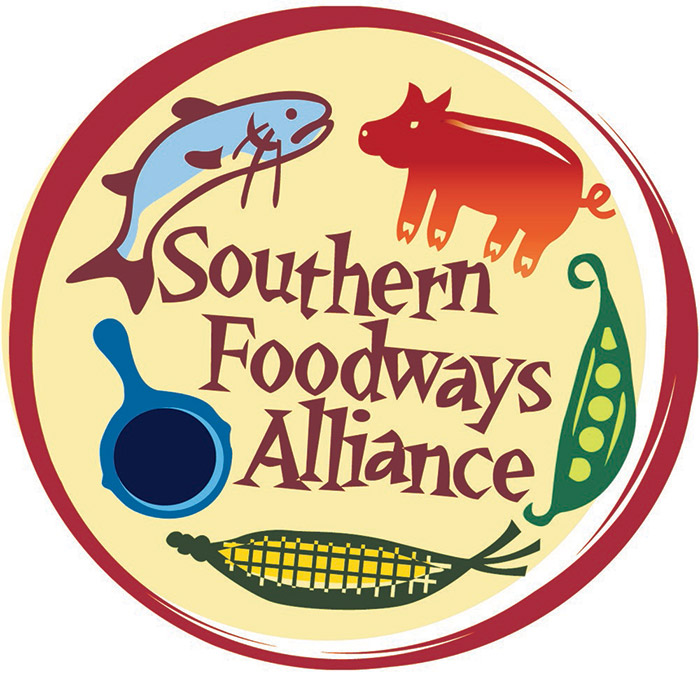


Southern cuisine and music were both born out of poverty and hardship and are highlighted in the Singing Soul Food playlist from the Southern Foodways Alliance, in collaboration with the Smithsonian Folkways Recordings, a nonprofit record label of the Smithsonian Institution.
Recipes
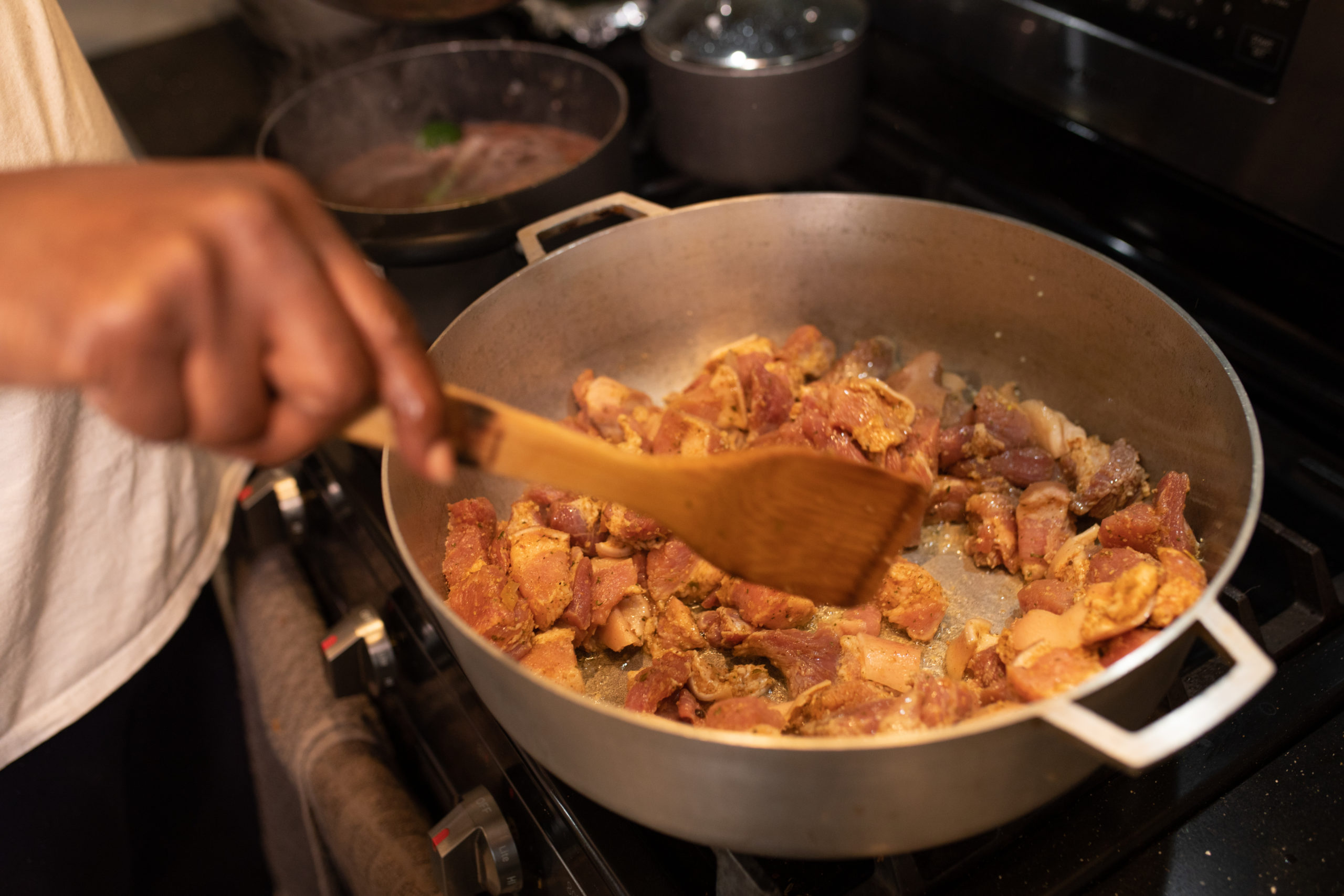


Dr. Jessica B. Harris first tasted Yassa in Senegal in 1972 on her first trip to the African continent “and it was love at first bite”. Michael Twitty traced black-eyed peas back to the Middle Passage and its roots in Africa, recognizing it as a seed of Black resilience. In the Netflix Series, High on the Hog, Dr. Harris stated, “through food, we can find out there is more that connects us than separates us”.

